Government to go neutral on IT carbon emissions
But carbon offsetting features in the plan, which also includes turning off unused computers and printing on both sides of the paper.


The government is looking to go carbon neutral on their ICT energy use within four years, but carbon offsetting will be used to make up the difference if energy efficiency measures don't deliver.
As much as a fifth of carbon emissions caused by central government offices come from IT, worth some 460,000 tonnes annually, according to the Cabinet Office, which announced the plan today.
"Worldwide, computers are responsible for the same quantity of carbon emissions as the airline industry. It is a serious problem that requires a serious solution," said Cabinet Office Minister Tom Watson.
"That's why I'm so proud that we are the first Government anywhere in the world to formally set out exactly what we're going to do to make our ICT systems carbon neutral within four years," he added.
A Cabinet Office report explaining the green plan noted that the government had not yet defined exactly what carbon neutrality' means.
That office will itself start implementing its own green guidelines immediately, while other central government departments will have to report annually to the office on their green status from 2010.
Those guidelines include such basics see below for more as switching off computers which aren't being used, printing on both sides of the page, and using server capacity more efficiently.
Sign up today and you will receive a free copy of our Future Focus 2025 report - the leading guidance on AI, cybersecurity and other IT challenges as per 700+ senior executives
If such methods aren't enough to take the government carbon neutral by 2012, carbon offsetting will be used.
Carbon offsetting is essentially buying credits for emissions a method seen by some as a way to buy green credentials. Clearly with this in mind, offsetting would be "a last resort," the report said. "We won't achieve this just by offsetting but by making serious changes to the way we do business," Watson claimed.
The Cabinet Office also set a goal of 2020 for all IT equipment to be carbon neutral throughout its lifetime, from manufacture to disposal.
Watson also called on companies to take up green methods. "Lots of small actions make a big impact. Between us we can make a real difference in the fight against climate change."
The Cabinet Office's guidelines for cutting energy use include:
For PCs and laptops:
- Remove active screensavers
- Switch monitors to standby after five minutes of inactivity
- Shut down PCs after office hours
- Enable active power management on desktops
- Ensure re-use of equipment that is no longer required but is still serviceable
- Specify low-power consumption CPUs and high-efficiency power supply units
- Use thin-client technology
For other IT equipment:
- Apply timer switches to non-networked technology and printers
- Set printers to duplex and grey scale
- Optimise power-saving sleep modes on printers
- Consolidate printers
- Consolidate devices, such as moving toward single integrated devices
For data centres:
- Optimise servers and storage using virtualisation and capacity management
- Reduce cooling to ambient room temperature
- Decommission unused servers/disks
- Use low-power, low-voltage servers
- Reuse equipment where available
- Have a data centre audit
Freelance journalist Nicole Kobie first started writing for ITPro in 2007, with bylines in New Scientist, Wired, PC Pro and many more.
Nicole the author of a book about the history of technology, The Long History of the Future.
-
 HPE and Nvidia launch first EU AI factory lab in France
HPE and Nvidia launch first EU AI factory lab in FranceThe facility will let customers test and validate their sovereign AI factories
-
 AWS CEO Matt Garman says AI agents will have 'as much impact on your business as the internet or cloud'
AWS CEO Matt Garman says AI agents will have 'as much impact on your business as the internet or cloud'News Garman told attendees at AWS re:Invent that AI agents represent a paradigm shift in the trajectory of AI and will finally unlock returns on investment for enterprises.
-
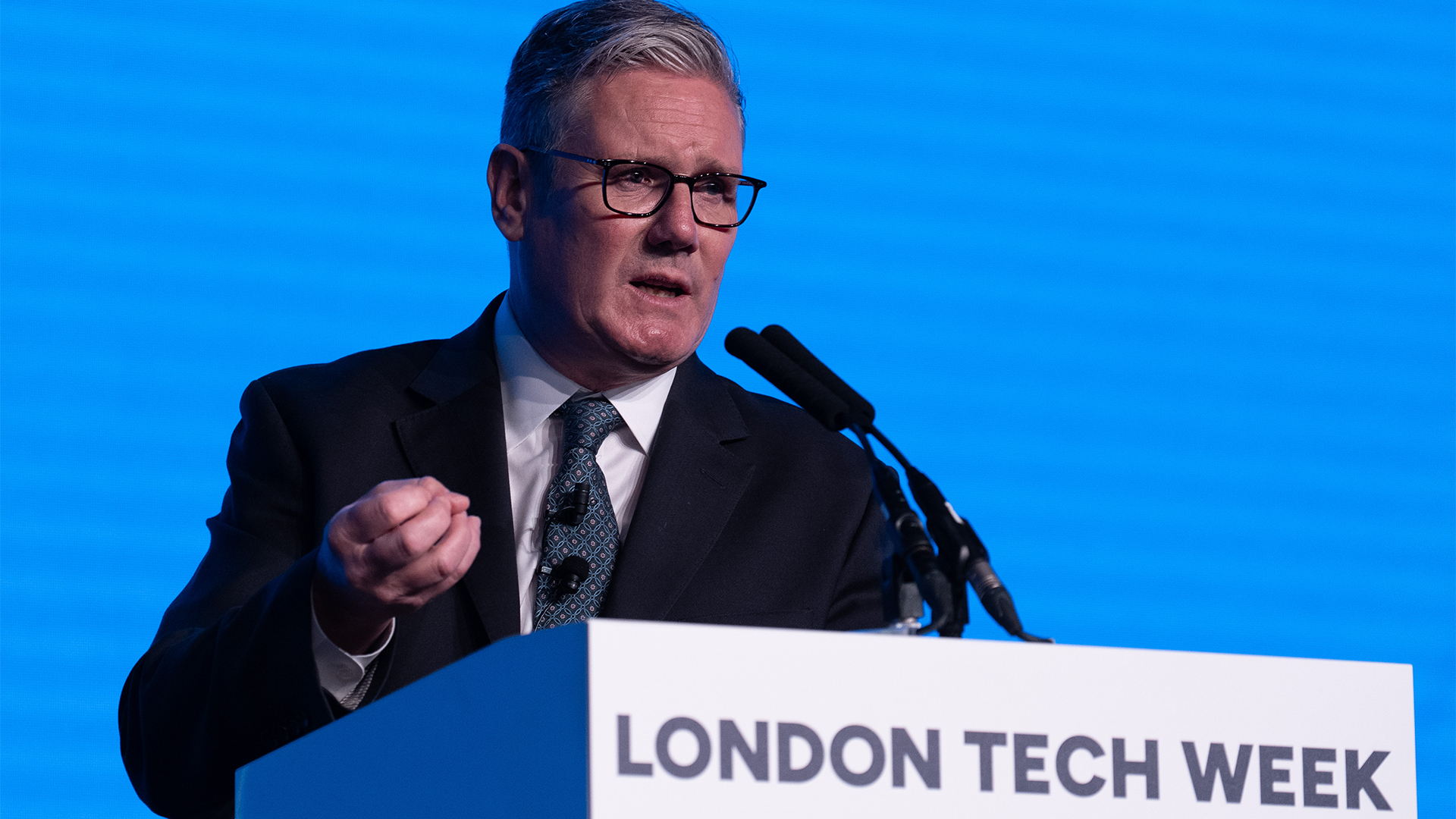 ‘A major step forward’: Keir Starmer’s £187 million tech skills drive welcomed by UK industry
‘A major step forward’: Keir Starmer’s £187 million tech skills drive welcomed by UK industryNews The ‘TechFirst’ program aims to shore up the UK’s digital skills to meet future AI needs
-
 Government’s ‘Humphrey’ AI tool helps local authorities cut costs
Government’s ‘Humphrey’ AI tool helps local authorities cut costsNews The Minute tool, part of the Humphrey AI assistant, is being trialled at 25 councils
-
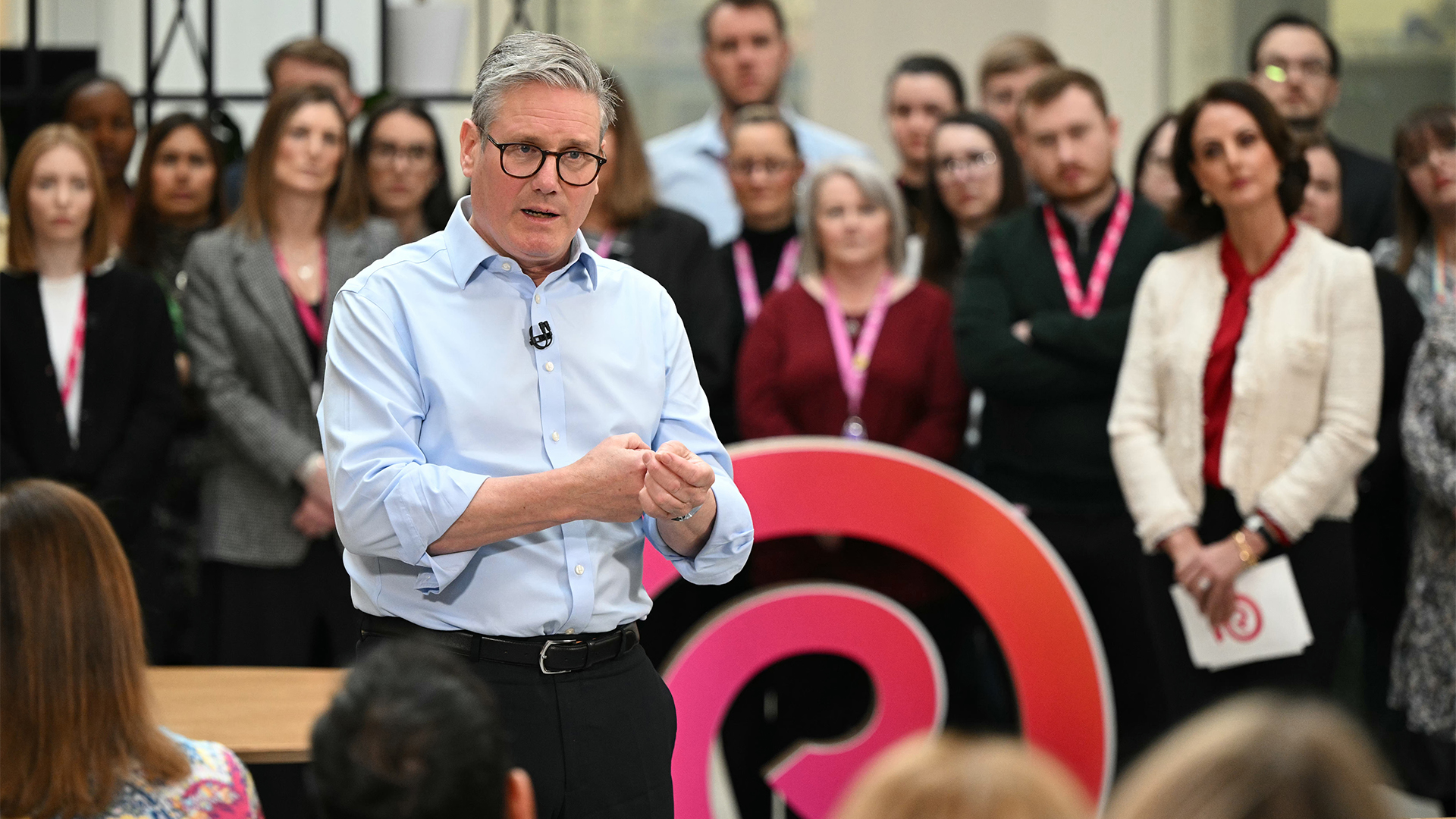 Starmer bets big on AI to unlock public sector savings
Starmer bets big on AI to unlock public sector savingsNews AI adoption could be a major boon for the UK and save taxpayers billions, according to prime minister Keir Starmer.
-
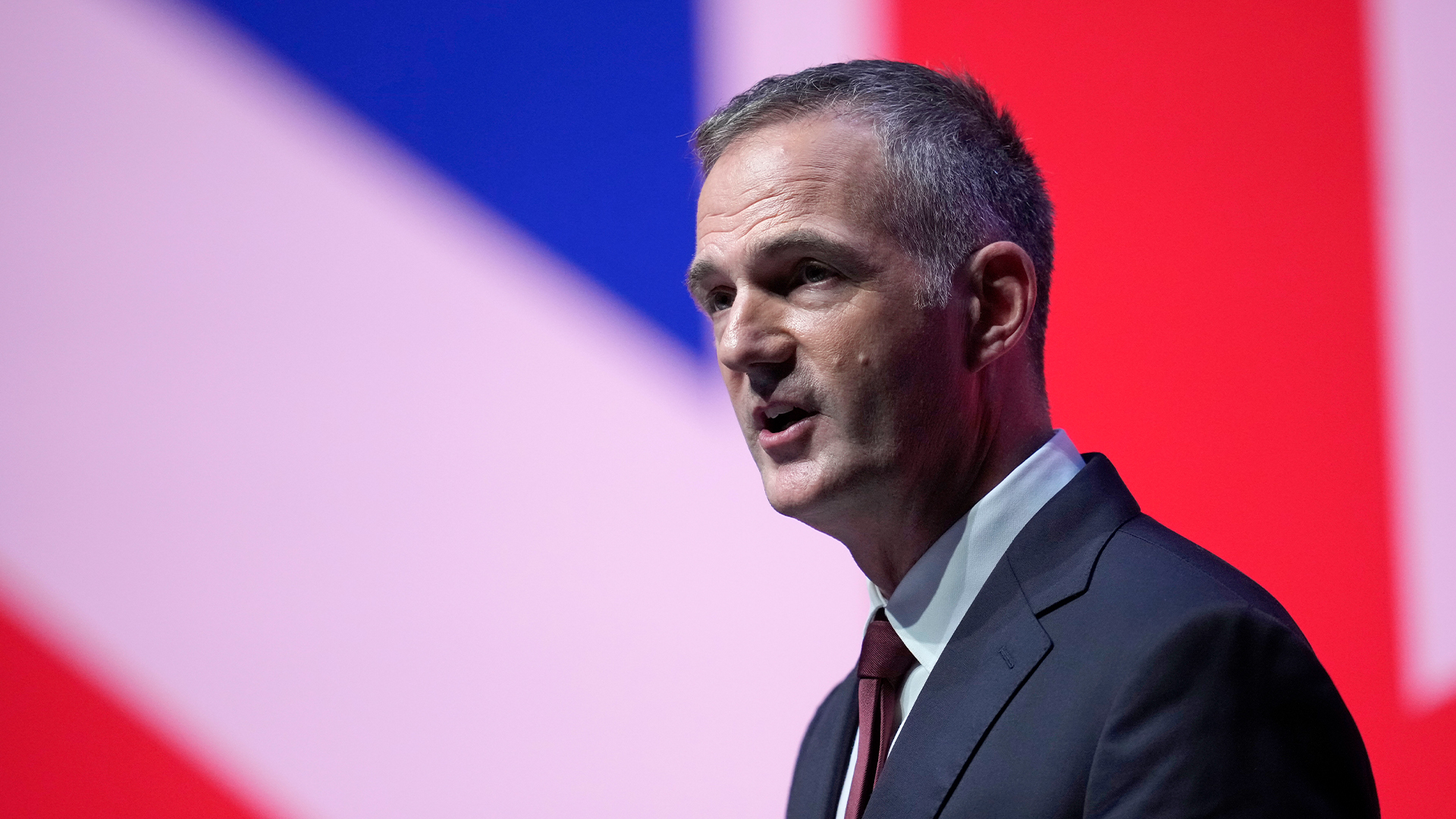 UK government targets ‘startup’ mindset in AI funding overhaul
UK government targets ‘startup’ mindset in AI funding overhaulNews Public sector AI funding will be overhauled in the UK in a bid to simplify processes and push more projects into development.
-
 UK government signs up Anthropic to improve public services
UK government signs up Anthropic to improve public servicesNews The UK government has signed a memorandum of understanding with Anthropic to explore how the company's Claude AI assistant could be used to improve access to public services.
-
 The UK’s AI ambitions face one major hurdle – finding enough home-grown talent
The UK’s AI ambitions face one major hurdle – finding enough home-grown talentNews Research shows UK enterprises are struggling to fill AI roles, raising concerns over the country's ability to meet expectations in the global AI race.
-
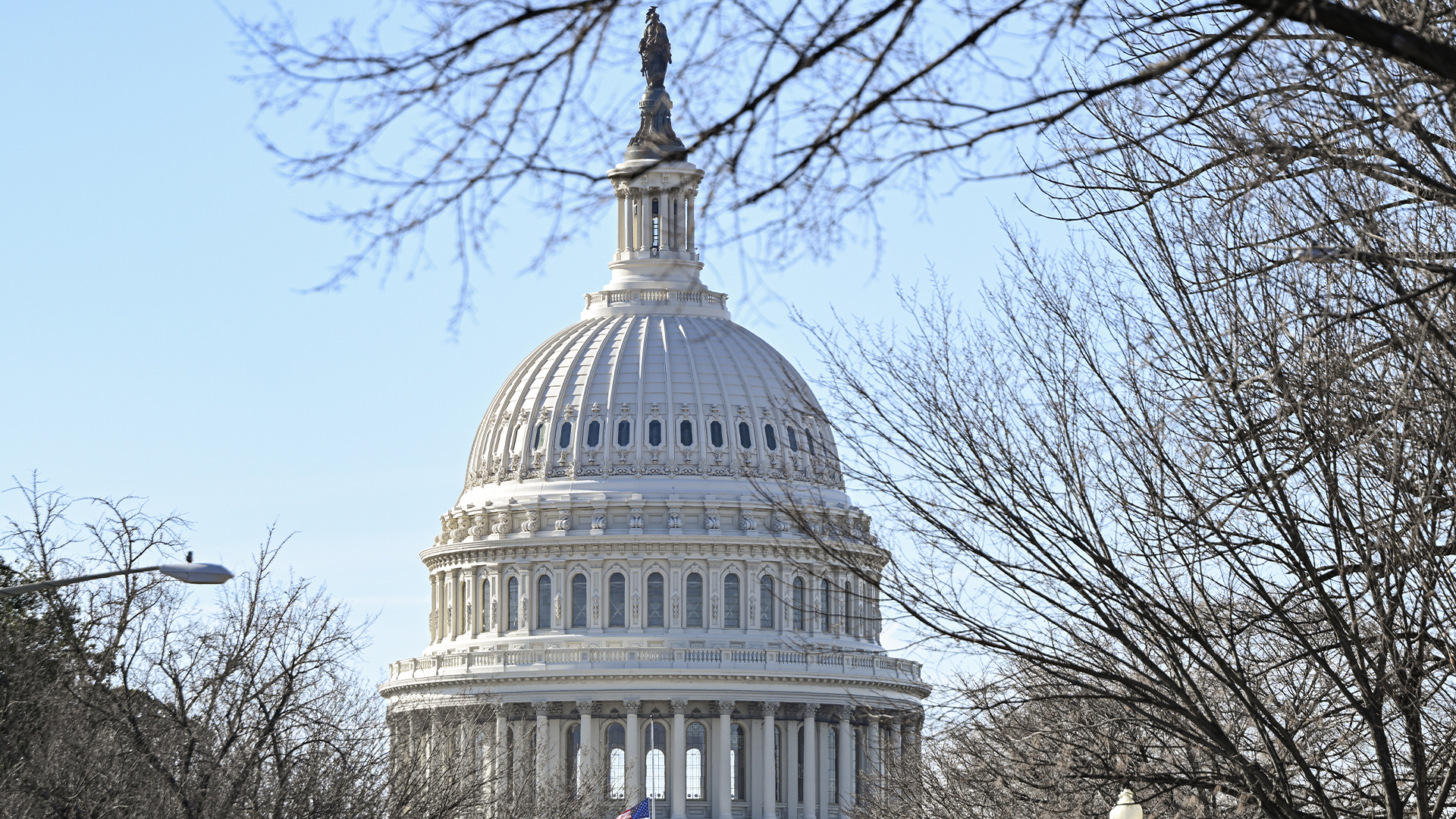 US government urged to overhaul outdated technology
US government urged to overhaul outdated technologyNews A review from the US Government Accountability Office (GAO) has found legacy technology and outdated IT systems are negatively impacting efficiency.
-
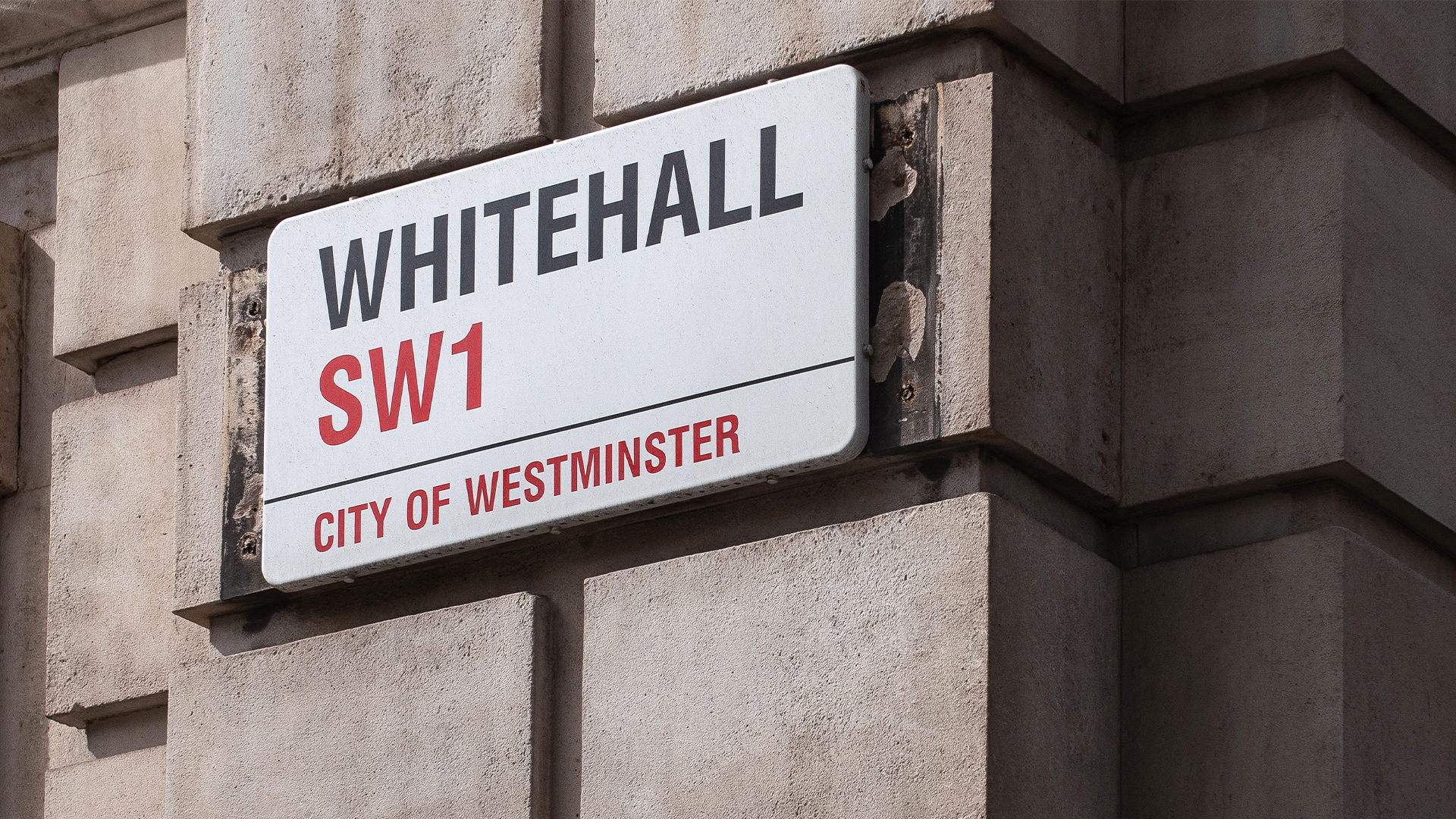 Government urged to improve tech procurement practices
Government urged to improve tech procurement practicesNews The National Audit Office highlighted wasted money and a lack of progress on major digital transformation programmes
